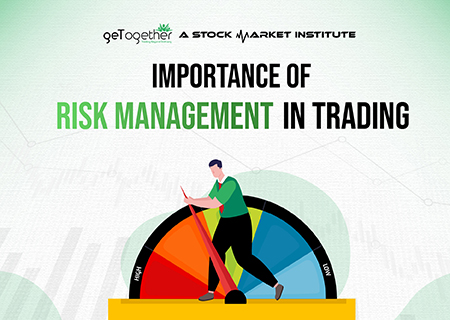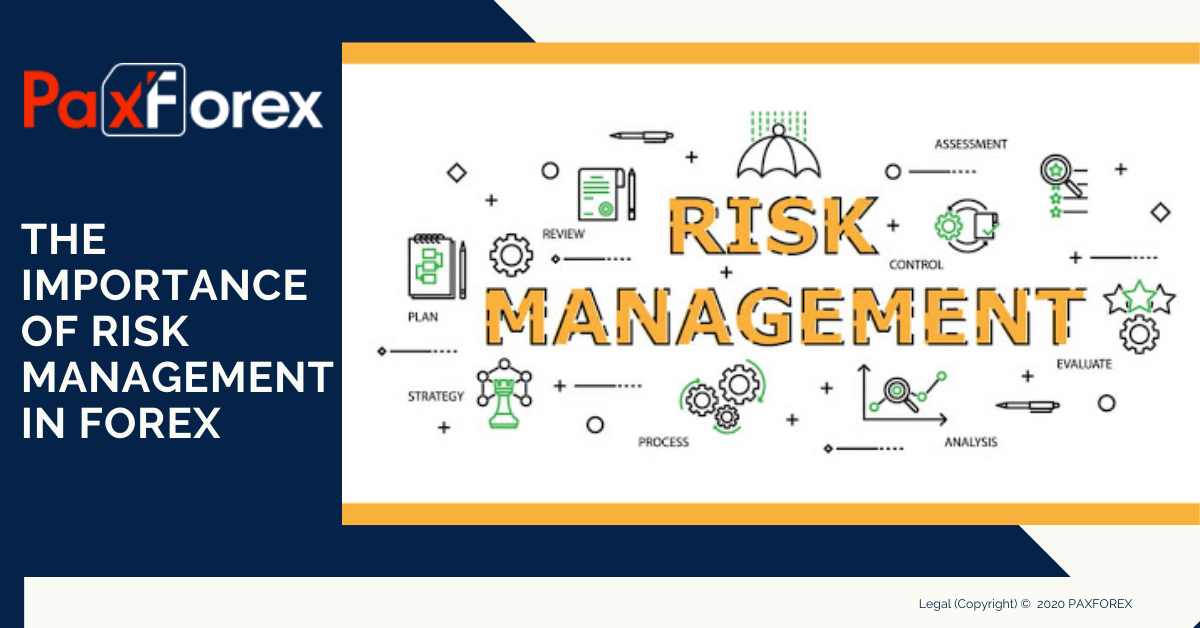Checking out the Significance of Risk Management for Effective Decision-Making Techniques
In the elaborate world of business, Risk Management emerges as a crucial consider the decision-making process. The capacity to determine potential hazards and chances, and strategize as necessary, can mean the distinction in between success and failure. With devices such as SWOT and PESTEL, companies are equipped to make enlightened options, fostering durability and versatility in an ever-changing setting. Wondering exactly how this functions? Let's unload the dynamics further.
Comprehending the Concept of Risk Management
Risk Management, an important element in decision-making, is typically misconstrued or oversimplified. Generally, it describes the identification, evaluation, and prioritization of risks to lessen, monitor, and regulate the possibility or effect of unfavorable occasions. It's not simply regarding avoiding negative end results, yet additionally concerning acknowledging prospective chances. Risk Management entails self-displined and organized techniques, making use of information and insightful evaluations. It requires a thorough understanding of the company's context, purposes, and the possible threats that can combat them. From monetary uncertainties, legal obligations, strategic Management errors, to mishaps and natural disasters, it deals with various threats. Significantly, effective Risk Management is not stagnant; it's a continuous, progressive process that develops with changing conditions.
The Role of Risk Management in Decision-Making Processes
In the world of strategic preparation and business procedures, Risk Management plays an important duty in decision-making processes. It assists in recognizing prospective dangers and unpredictabilities that can impact the success of organization objectives. By mapping these threats, companies can formulate methods to minimize their impact, making certain business continuity and stability. Risk Management thus becomes a crucial device in decision-making, aiding leaders to make informed choices based on a detailed understanding of the threats entailed. It urges a proactive method, allowing companies to prepare for and prepare for feasible future scenarios. This significantly decreases the probability of adverse effects, promoting much more reliable and efficient decision-making approaches. As a result, Risk Management functions as a vital component in the decision-making processes of any kind of organization.

Just How Risk Management Enhances Strategic Planning
In the context of strategic preparation, Risk Management plays a pivotal duty. Launching with the identification of potential threats, it additionally includes the implementation of Risk reduction steps. The role of Risk Management is not static yet dynamic, as it demands consistent monitoring and adjusting of approaches.
Determining Prospective Dangers

Implementing Risk Reduction
Having actually established the value of recognizing potential dangers, the following step is to explore Risk reduction. This process includes creating and implementing techniques to take care of identified risks successfully. It is an essential element of critical preparation as it enhances decision-making by reducing prospective adverse results. Risk reduction approaches can range from Risk avoidance, Risk transfer, to risk reduction. Each technique must be tailored to the particular Risk, considering its prospective impact and the organization's Risk resistance. Moreover, efficient Risk mitigation calls for a deep understanding of the Risk landscape and the possible influence of each Risk. This understanding allows organizations to focus on risks and allocate sources effectively, ensuring that one of the most considerable risks are dealt with initially.
Surveillance and Changing Strategies
Though Risk reduction is an important action in calculated planning, constant monitoring and modification of these strategies is similarly important. This continuous procedure enables companies to identify brand-new risks and reassess existing ones, making certain the executed approaches stay reliable in the ever-changing service environment. It likewise gives an opportunity to examine the success of the Risk Management actions, allowing modifications to be made where essential, further improving critical planning. Reliable monitoring and modification call for making use of analytics and key efficiency indications (KPIs) to gauge efficiency. These tools provide valuable data-driven insights that can notify critical decision-making. As a result, surveillance and adjusting Risk Management strategies is a vital component for improving a company's resilience and critical planning.
Situation Studies: Effective Risk Management and Decision-Making
In the world of organization and financing, successful Risk Management and decision-making usually serve as the columns of thriving business. These instances highlight the value of sharp Risk Management in decision-making processes. These cases highlight the crucial duty of Risk Management in tactical decision-making.
Devices and Methods for Reliable Risk Management
These tools, such as Risk signs up and warm maps, help in recognizing and assessing prospective dangers. Risk feedback approaches, a crucial you can find out more component of Risk Management, entail accepting, avoiding, transferring, or mitigating risks. With these strategies and devices, decision-makers can browse the complicated landscape of Risk Management, thereby facilitating informed and reliable decision-making.
Future Fads in Risk Management and Decision-Making Strategies
As we explore the substantial landscape of Risk Management, it becomes noticeable that the devices and methods made use of today will remain to evolve. Future patterns aim in the direction of a raised dependence on innovation, with expert system and artificial intelligence playing significant duties. These innovations will make it possible for organizations to predict possible dangers with better precision and make more educated decisions. In addition, there will certainly be a growing focus on resilience, not simply in handling threats however also in jumping back from unfavorable situations. The principle of click for more info Risk culture, where every participant of a company is aware and involved in Risk Management, will acquire more prestige. These fads herald an even more inclusive and aggressive method towards Risk Management and decision-making.
Verdict

Risk Management hence ends up being an essential device in decision-making, assisting leaders to make educated choices based on a comprehensive understanding of the dangers involved. Risk mitigation strategies can vary from Risk avoidance, Risk transfer, to run the risk of reduction (importance of risk management). Reliable Risk mitigation needs a deep understanding of the Risk landscape and the possible effect of each Risk. Risk reaction strategies, a crucial element of Risk Management, involve approving, preventing, moving, or mitigating dangers. The concept of Risk culture, where every participant of a company is conscious and involved in Risk Management, will certainly get a lot more prominence